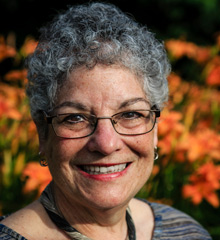Background of Ruth
Revised by author, 9/23
The Book of RuthThe great-grandmother of David. More was written for the people of Judah, the Southern Kingdom, as they pondered the beginnings of the line of David, their royal family. It uses a story about Judah’s historical roots to illumine the values of loyalty, loving-kindness, and care for the stranger, which the author hoped would govern the later life of JudahJudah was the name of Jacob’s fourth son and one of the 12 tribes. More (much as Americans tell stories about George Washington not lying about chopping down a cherry tree to show that we value telling the truth). The Book of Ruth looks back to the period between the rule of Israel’s judges or charismatic leaders and the birth of DavidSecond king of Israel, David united the northern and southern kingdoms. More, marking the beginning of the rule of kings. By the end of the time of the Book of Judges, the loosely bound tribes of Israel had no leader and were chaotically fighting among themselves. This was expressed in the repeated and final refrain of Judges 21:25, “In those days there was no king in Israel; all the people did what was right in their own eyes.” The promised future was possible only through the rule of a just king.
The Book of Ruth assumes knowledge of village life in rural Judah, including patterns of planting and harvesting, gleaning and threshing; the manner in which the city elders gathered at the village gate to govern and issue decisions about village life; and village traditions and laws. The latter included laws of property, gleaningGleaning is the act of collecting leftover crops from farmers’ fields after they have been harvested. In some ancient cultures, like Israel, gleaning was a form of welfare. The book of Ruth contains an account of gleaning in which Ruth met her future husband, Boaz. More, and levirate marriage. The book also assumes and tries to correct a widespread suspicion of foreigners, particularly enemies such as the Moabites.

